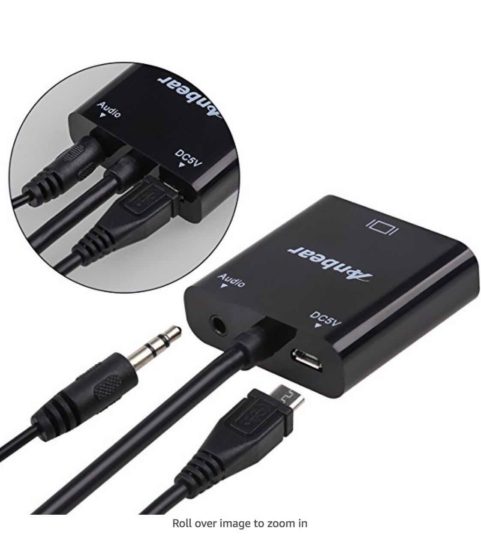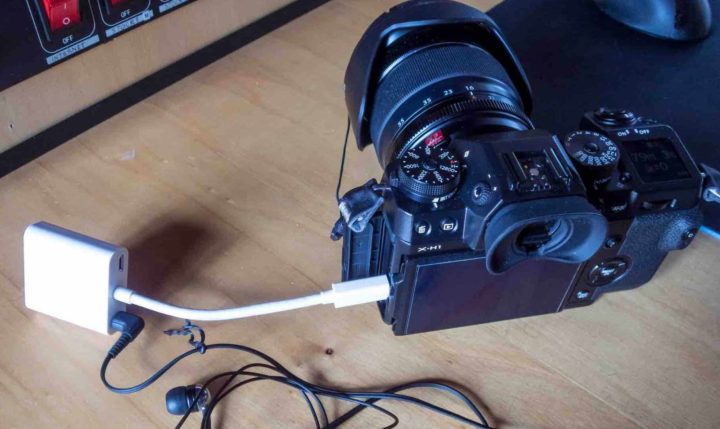Fujifilm X-T2 Kaizen Firmware 4.00 Officially Available… and This Makes NO Sense, FUJI! :)
Fujifilm X-T2 Firmware 4.00
Fujifilm just released the final and official Fujifilm X-T2 firmware ver. 4.00, and it brings new features such as focus bracketing, internal F-log, 120 fps slow motion and more, as well as improvements such as faster autofocus in low light.
Definitely one of Fujifilm’s notorious and much-loved Kaizen updates. So don’t wait any further and download your new X-T2 camera… for free.
- Fujifilm X-T2 Firmware ver. 4.00 – download here
No Eterna? Shoot F-Log and then use the Eterna LUT file, which is available for free.
Having problems to update your firmare? Then read Rico’s “Tips for Updating your Firmware“.
IT IS TIME to Follow & Like FujiRumors at Facebook, RSS-feed, Instagram, Youtube and Twitter
This makes No Sense, FUJI!!!!
Of course it makes no sense for Fujifilm to update the “old” X-T2 and bring it almost to the level of the brand new Fujifilm X-H1, since X-T2 owners will now have fewer reasons to upgrade to the X-H1.
Also, it makes no sense to massively improve a camera, the X-T2, that will be replaced very soon by the Fujifilm X-T3, which we have shared already many specs here on FR and will be announced shortly before photokina in September 2018.
Firmware updates are economically speaking a loss business for Fujifilm. They cost lots of money and extend life span of old products, which consequentially means people will keep their old gear longer and do not upgrade to the “latest and greatest“.
It happened to me, with the Fujifilm X-T1, that Fujifilm kept up improving so many times, that I simply sitcked with it, despite the X-T2, X-Pro2, X100F, X-T20 and all the other “better” cameras that followed… at least until the Fujifilm X-E3 came along… a temptation too big for me to resist.
So kudos to Fujifilm for consistently making the wrong thing and delivering us customers firmware updates. Many other companies simply force people to buy the newest camera to get the latest features (and make more money doing so).
In a world, where Apple released firmware updates that slowed down terribly my iPhone SE in order to force me to buy their latest model, it’s good to know that there is a company out there, Fujifilm, that actually thinks at customer support… and happiness… by improving their products over the years via free firmware updates.
Our Facebook Groups
- Fujifilm GFX User Group
- Fujifilm X-T User Group
- Fujifilm X-H User Group
- Fujifilm X-E User Group
- Fujifilm X-Pro User Group
- Fujifilm X100 line Group
Our Facebook Pages





